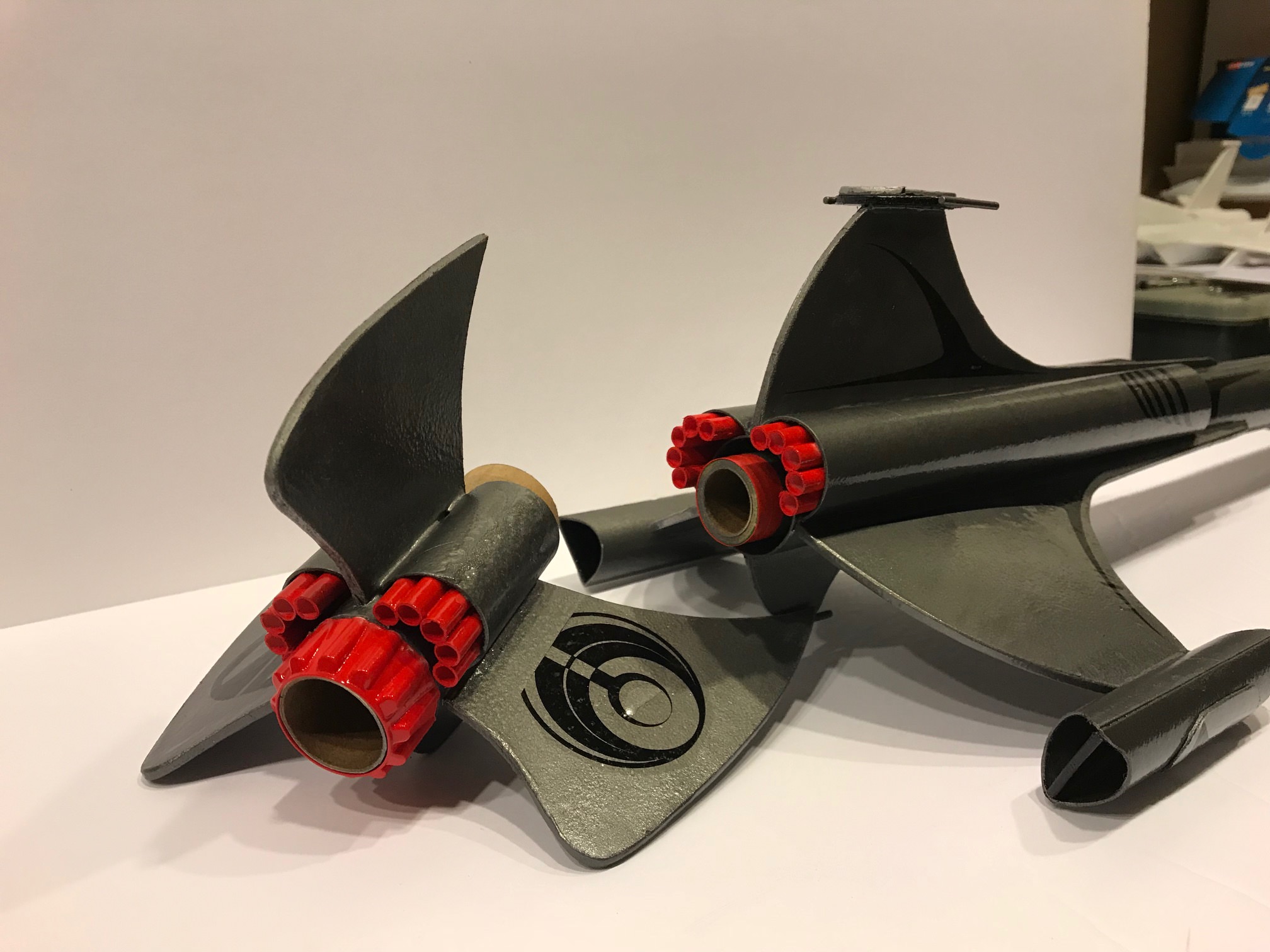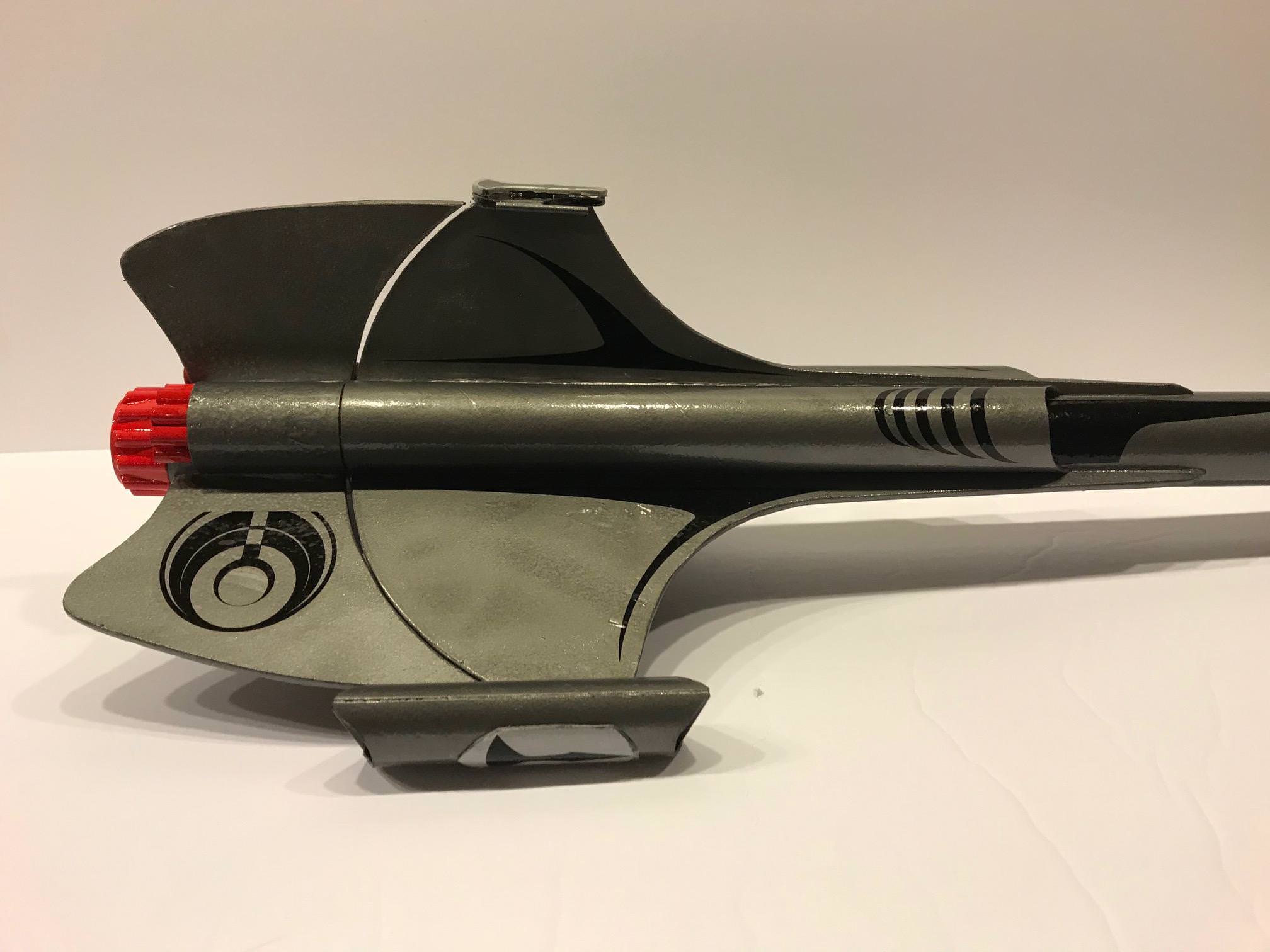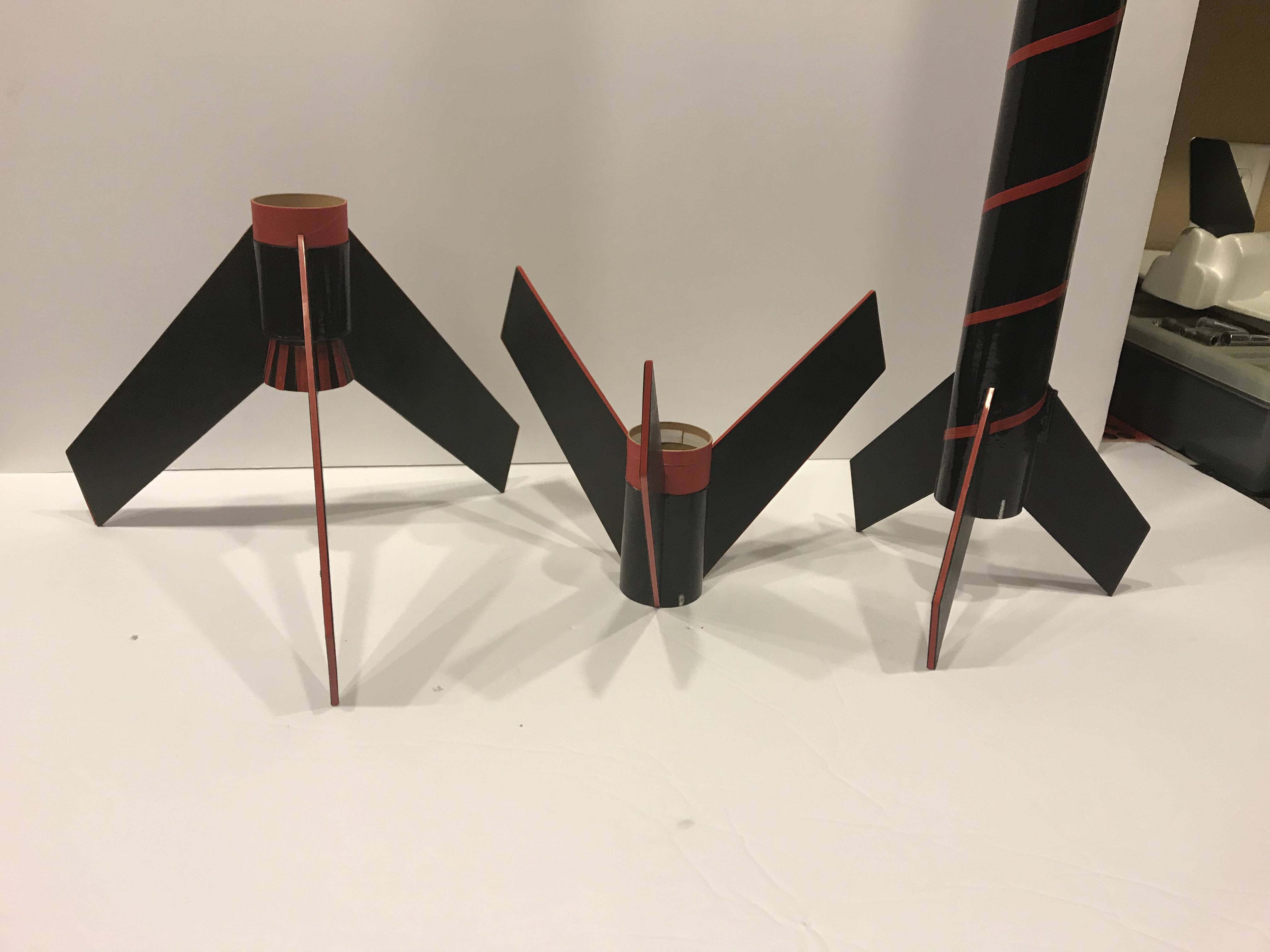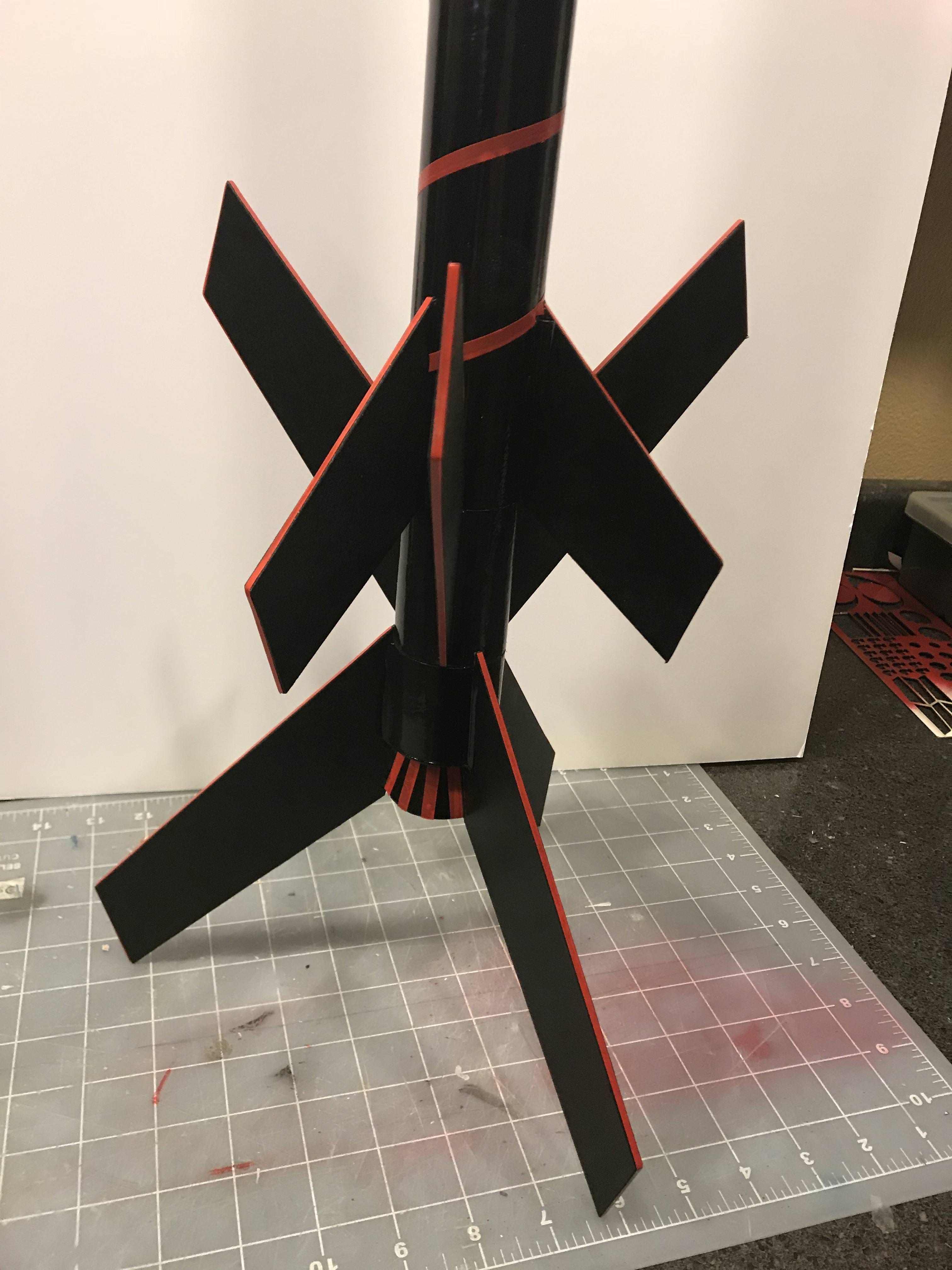OK that’s what I thought should happen with the boosters. Thank you for the Responses. I will be using smaller engines in the second booster and the sustainer
Absolutely concur with lowest possible motor power on sustainer and for a three stage the second booster.
Funny story about flying the Apogee II , and Estes 2 stage, with my Dad in the 70s. Booster was. B6-0, I don’t remember what we put in sustainer.
Light winds.
Pushed the button, both of us watched the launch with the rocket zooming off the pad, straight up, arcing overm parachute deploying, watched it come down maybe 75 yards away.
Scanning the sky, never saw the booster, never saw the staging event, looked all AROUND us (clue here) for the booster. Pretty flat ground, not too bushy, could not see the booster.
Went and got the sustainer, came down as nice as you please, no damage.
Gave up looking for booster.
Went to pack up.........
There, at the base of the launch rod, sitting on the pad, was the booster.
Apparently it successfully staged before it left the rod, and slid back down the rod onto the launch plate.
Have a great flight, hope you get three straight trails and short walks.








